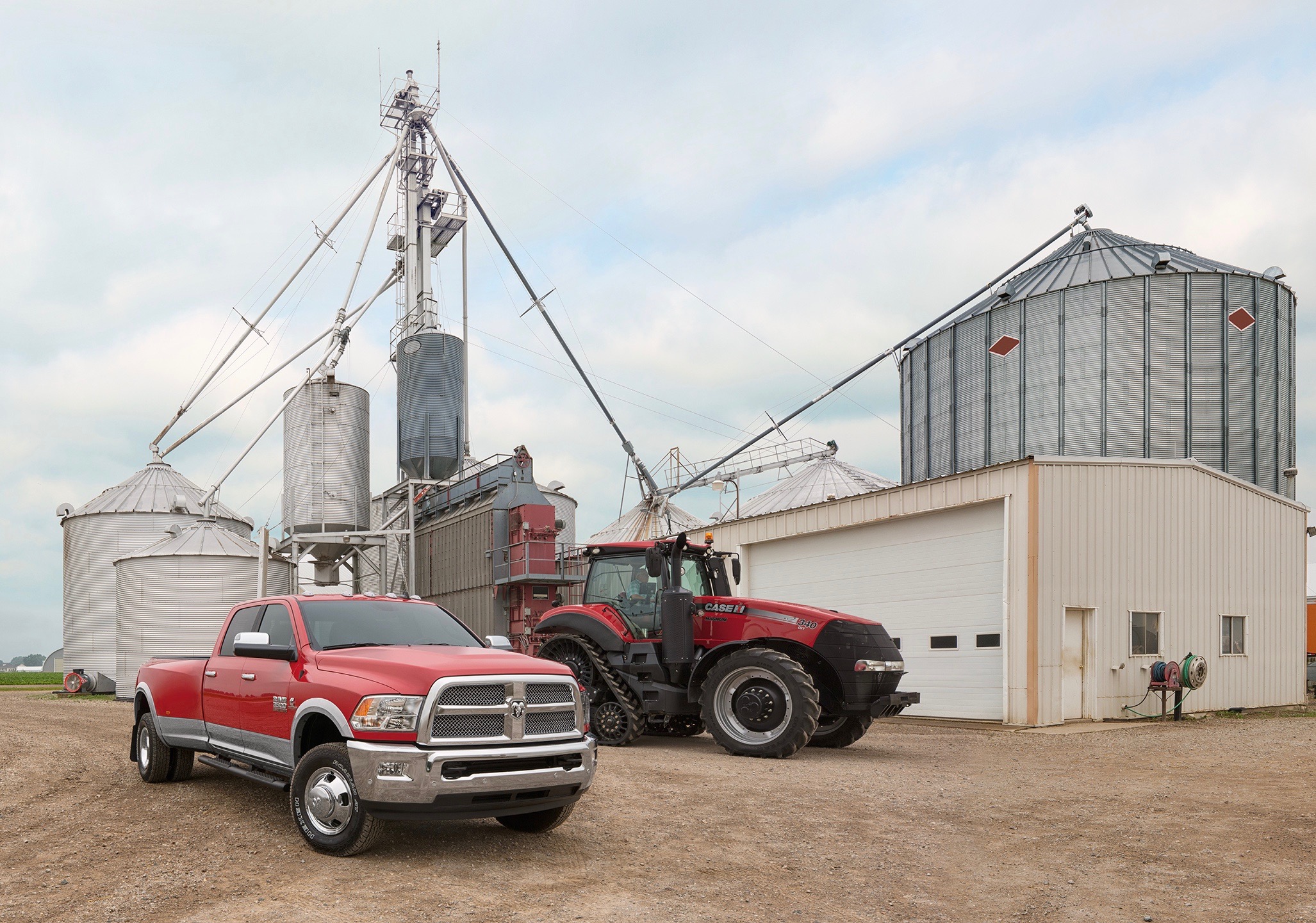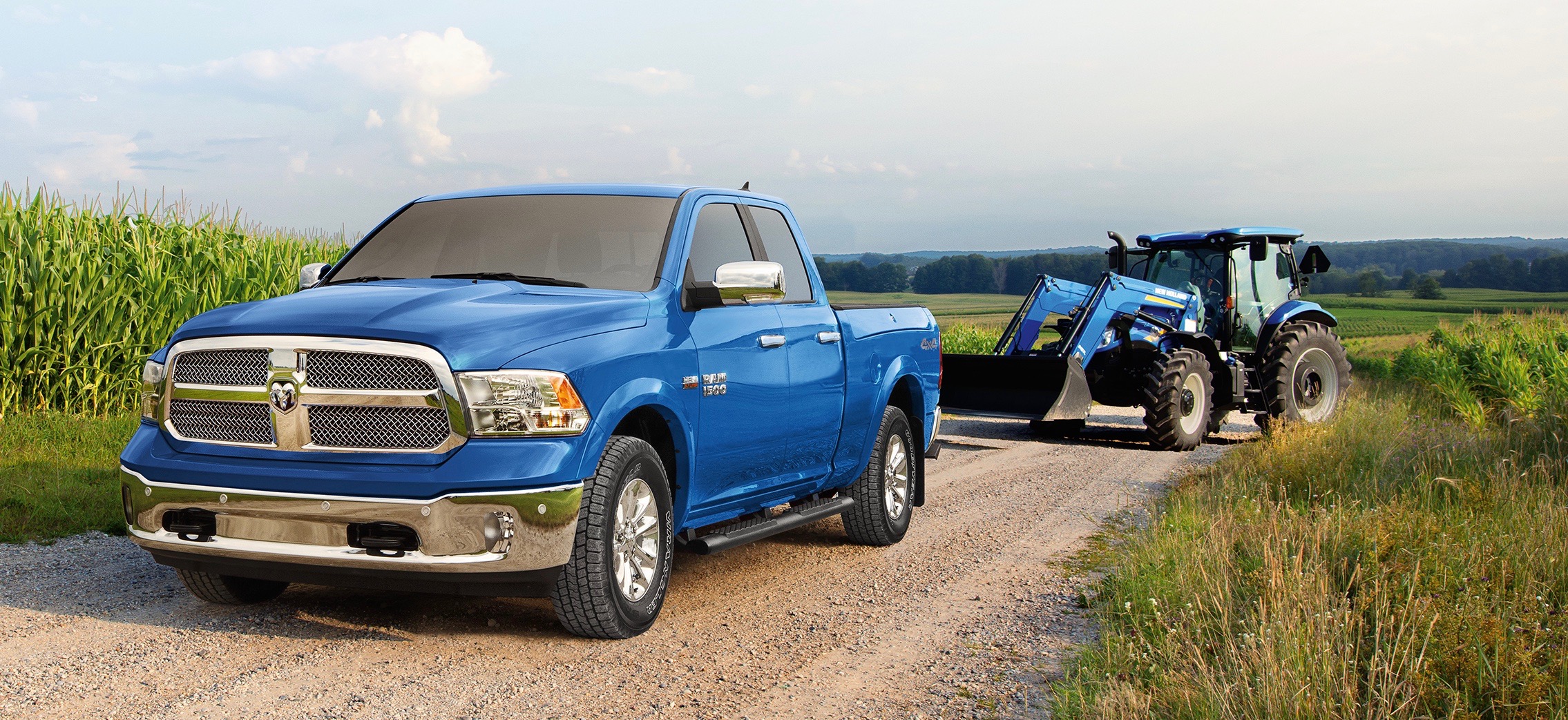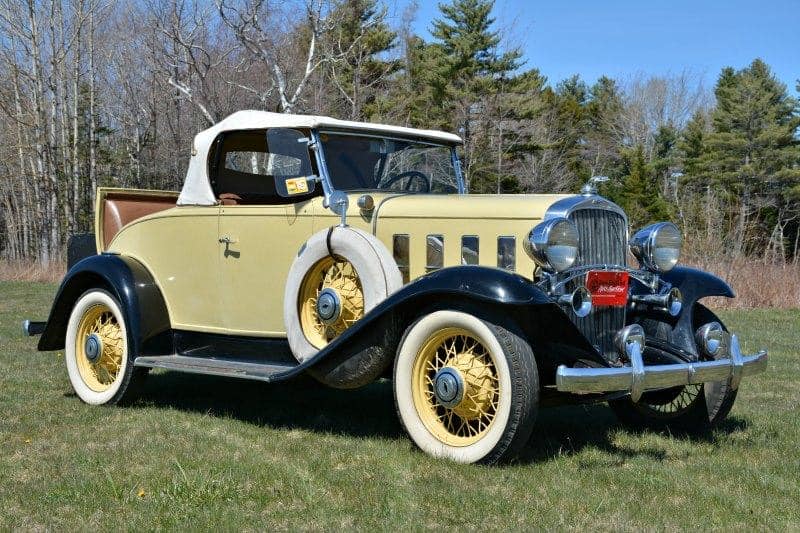Hurricanes have blown away — at least temporarily — the headlines and silenced the talking heads eager to chat about the controversies of keeping or removing statues and other tributes to the Confederate States of America and the perception of their symbolism of slavery.
While the controversy over statues was roiling in the aftermath of the protests turned tragedy at Charlottesville, Virginia, I was involved in a conversation about whether, taken to the extreme, we’d see the public destruction of the remaining Chevrolet Confederates — of which more than 300,000 were produced for the 1932 model year, and which you see from time to time at vintage car shows and collector car auctions.
The Confederate was a one-year model, replacing the Chevrolet Independence and replaced for 1933 by the Master Eagle and the Standard Mercury models.
And what of other classic vehicles with names no longer deemed acceptable, or with symbolism no longer deemed acceptable? Consider the Confederate-flagged Dukes of Hazzard Dodge Chargers and their clones, or the Studebaker Dictators, or the Rambler Rebels, or, for that matter, any German vehicle produced during Hitler’s reign. Should they all be driven to the crusher?
Action at last on RPM Act?
SEMA reports that the U.S. House Energy and Commerce Subcommittee on Environment has a hearing scheduled September 13 aimed at reducing regulatory burdens on small businesses and that among the bills to be discussed is the RPM Act, the Recognizing the Protection of Motorsports Act of 2017 (H.R. 35), which would “clarify that the Clean Air Act allows motor vehicles to be converted into race vehicles used solely for competition.”
Passage of the RPM Act has been a major focus for the automotive aftermarket parts producing industry, which is concerned not only about motorsports but about bureaucratic regulation that potentially might limit other vehicle modification or restoration.
Supreme Court’s patent ruling has aftermarket implications?
According to the Auto Care Association, the U.S. Supreme Court’s decision this summer in the case of Impression Products, Inc. v. Lexmark International, Inc., has major implications for those maintaining and restoring automobiles.
The case involved Lexmark’s ability to restrict purchasers from reusing printer cartridges or from providing used cartridges to anyone other than Lexmark itself.
“While the case applied to printer cartridges, the impact… would have been extensive, restricting the ability of companies to produce and sell aftermarket and remanufactured parts based on the fear of violating a car company’s patent,” Bill Hanvey, Auto Care Association president, said in a news release.
That news release quoted Chief Justice John Roberts:
“Take a shop that restores and sells used cars. The business works because the shop can rest assured that, so long as those bringing in the cars own them, the shop is free to repair and resell those vehicles. That smooth flow of commerce would sputter if companies that make the thousands of parts that go into a vehicle could keep their patent rights after the first sale. Those companies might, for instance, restrict resale rights and sue the shop owner for patent infringement.
“And even if they refrained from imposing such restrictions, the very threat of patent liability would force the shop to invest in efforts to protect itself from hidden lawsuits. Either way, extending the patent rights beyond the first sale would clog the channels of commerce, with little benefit from the extra control that the patentees retain. And advances in technology, along with increasingly complex supply chains, magnify the problem.”

Selfie, or just selfishly self-centered?
I’m always disappointed when I go to a car show and see “Look but don’t touch” placards on what often are nice but certainly not fragile cars. By the same token, I’m always pleased when I see a car owner inviting people, especially youngsters, to sit behind the steering wheel and imagine the joy of actually driving such a machine.
On the other hand, there was news recently of an already-damaged 800-year-old sarcophagus on exhibit in a museum in England. For some reason, a set of parents saw a photo opportunity and placed their child atop the coffin, which broke and fell to the floor, the BBC reported. The family fled, but not before having their image — photo opp, indeed! — caught by security cameras.
Sadly, it wasn’t an isolated case. Artnet News reports that in February a “selfie-taker” smashed a sculpture at the Hirshhorn Museum and in July, a woman did $200,000 in damage to sculptures while attempting to take a selfie.
Will special-edition ag trucks become collectibles?

Ram, the truck division of Fiat Chrysler, recently unveiled what it called “the first truck designed specifically for the agriculture industry.” Actually, it’s not one truck but a series of Harvest Edition pickups with special features and painted in Case IH Red or New Holland Blue — sorry, John Deere fans, there’s no green-and-yellow version yet.
“The Ram Harvest Edition truck will allow farm families to get their work done while proudly showing their agricultural brand loyalty,” Mike Manley, head of Jeep and Ram, said in a news release.
In addition to special colors, the Ram 1500, 2500 and 3500 ag trucks will have a one-inch higher ride height, wheel flares, off-road tires for dealing with farm roads and crossing pastures, black tubular side steps, spray-in bedliners, fold-out bumper steps and other equipment.
How soon will we see Harvest Edition trucks crossing the block at one of Mecum’s Gone Farmin’ vintage tractor auctions?







This is the most Stupidest commentary I have ever been exposed to almost 70 years as a motorsports enthusiast. If You really cannot see the difference between the symbols used by Traitors to our Nation and the founding principles of our Union as stated in the Declaration of Independance and the Constitution – I would urge You to remove yourself from public life.